- myFICO® Forums
- FICO Scoring and Other Credit Topics
- Understanding FICO® Scoring
- Re: What kind of score movement would I expect? Ut...
- Subscribe to RSS Feed
- Mark Topic as New
- Mark Topic as Read
- Float this Topic for Current User
- Bookmark
- Subscribe
- Mute
- Printer Friendly Page
What kind of score movement would I expect? Util to 10% from 74%
Is your credit card giving you the perks you want?
Browse credit cards from a variety of issuers to see if there's a better card for you.
- Mark as New
- Bookmark
- Subscribe
- Mute
- Subscribe to RSS Feed
- Permalink
- Report Inappropriate Content
What kind of score movement would I expect? Util to 10% from 74%
Hello all
I used the myFico tool but it never really lines up to reality. So I am curious if others can answer from real world experience.
My utilization was 74% in January across my 24 cards. I have this all paid down as of today to 11% across all cards. I have 24 CC, and all are at 0 except 5 cards that have balances. Where as in January only 3 were at 0 and most others were in 80% or higher util.
Knowing that, what kind of score increases should I expect realistically? Small bump? Large bump?
Thanks for any insight.
Current
FICO8 May 2025: EQ: 684 - EX- 675 - TU: 668
Current challenge: High Utilization 65% - Paydown in progress
- Mark as New
- Bookmark
- Subscribe
- Mute
- Subscribe to RSS Feed
- Permalink
- Report Inappropriate Content
Re: What kind of score movement would I expect? Util to 10% from 74%
@C_DUBYA wrote:Hello all
I used the myFico tool but it never really lines up to reality. So I am curious if others can answer from real world experience.
My utilization was 74% in January across my 24 cards. I have this all paid down as of today to 11% across all cards. I have 24 CC, and all are at 0 except 5 cards that have balances. Where as in January only 3 were at 0 and most others were in 80% or higher util.
Knowing that, what kind of score increases should I expect realistically? Small bump? Large bump?
Thanks for any insight.
Very large bump. Congratulations.

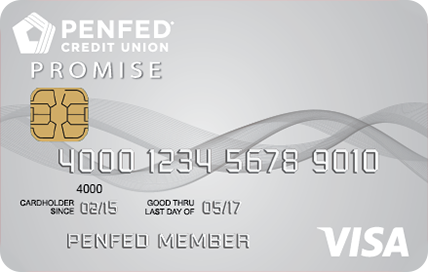

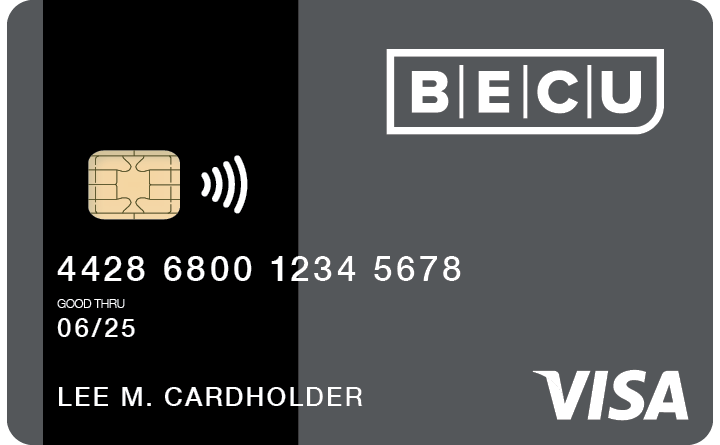

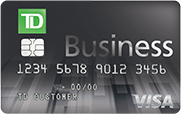


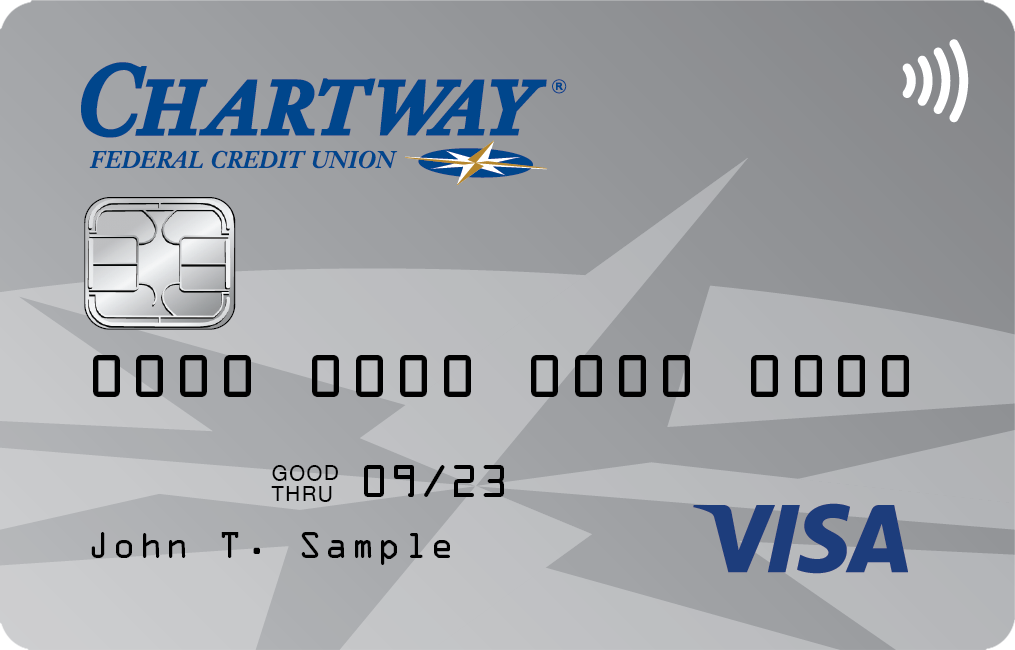


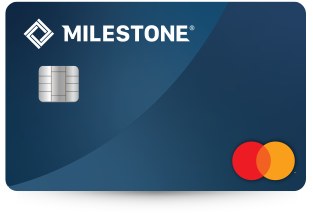


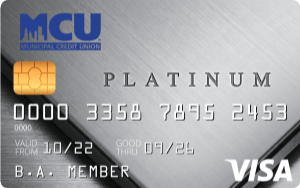
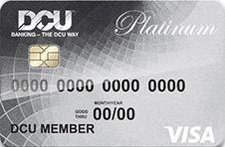

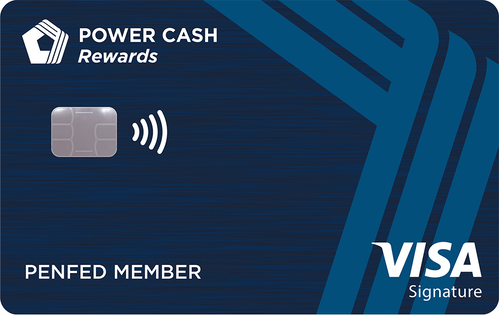


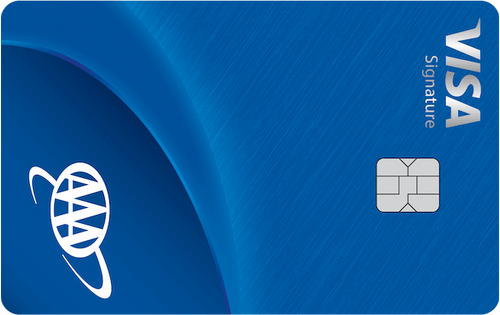

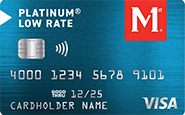
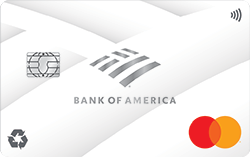


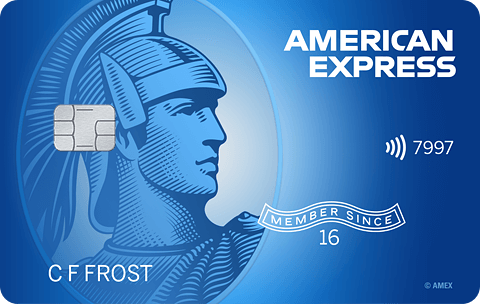




Total revolving limits 568220 (504020 reporting) FICO 8: EQ 689 TU 691 EX 682
- Mark as New
- Bookmark
- Subscribe
- Mute
- Subscribe to RSS Feed
- Permalink
- Report Inappropriate Content
Re: What kind of score movement would I expect? Util to 10% from 74%
what does the simulator say?
I imagine if the only thing that's changing is utilization, it should be fairly accurate, you can check with the experian simulator as well to sanity check



Current FICO 8:










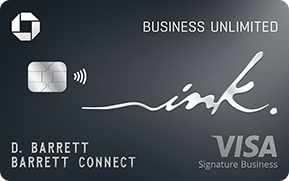

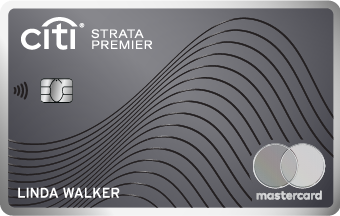
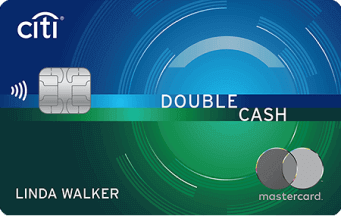


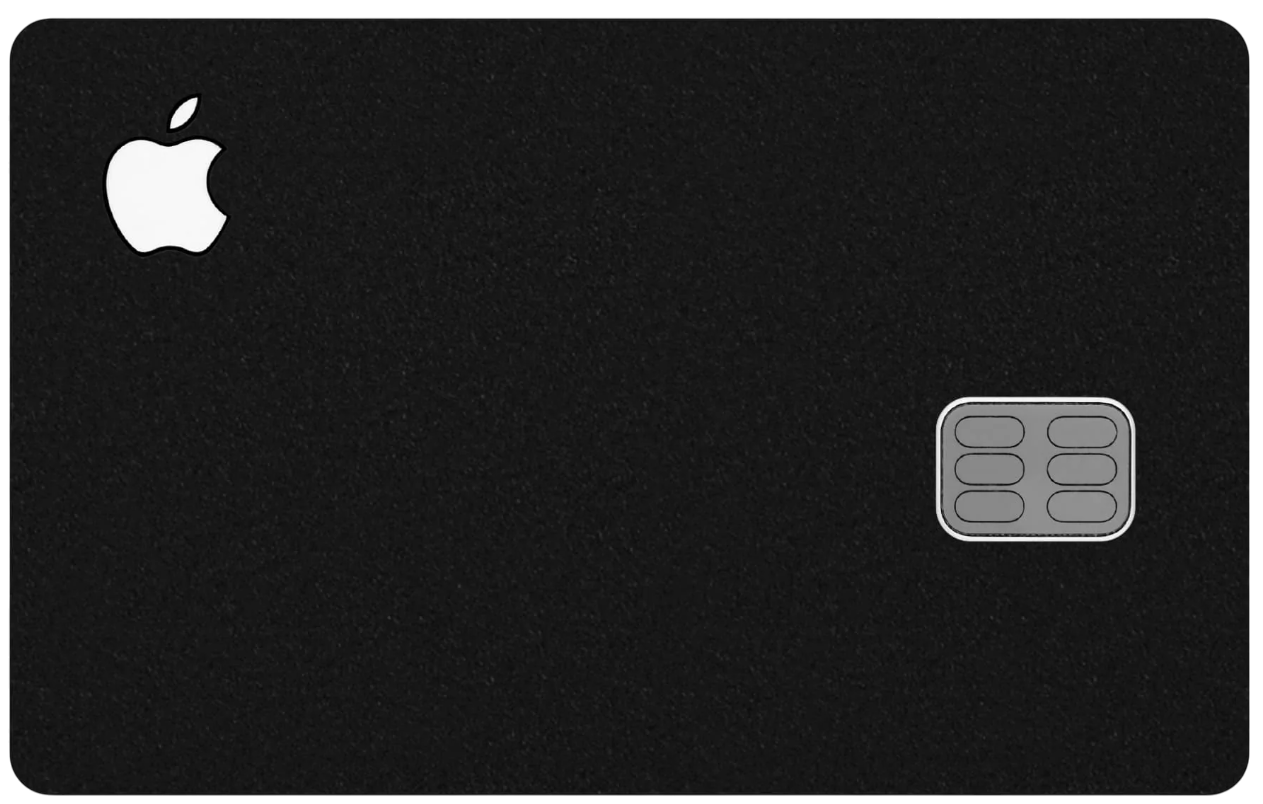




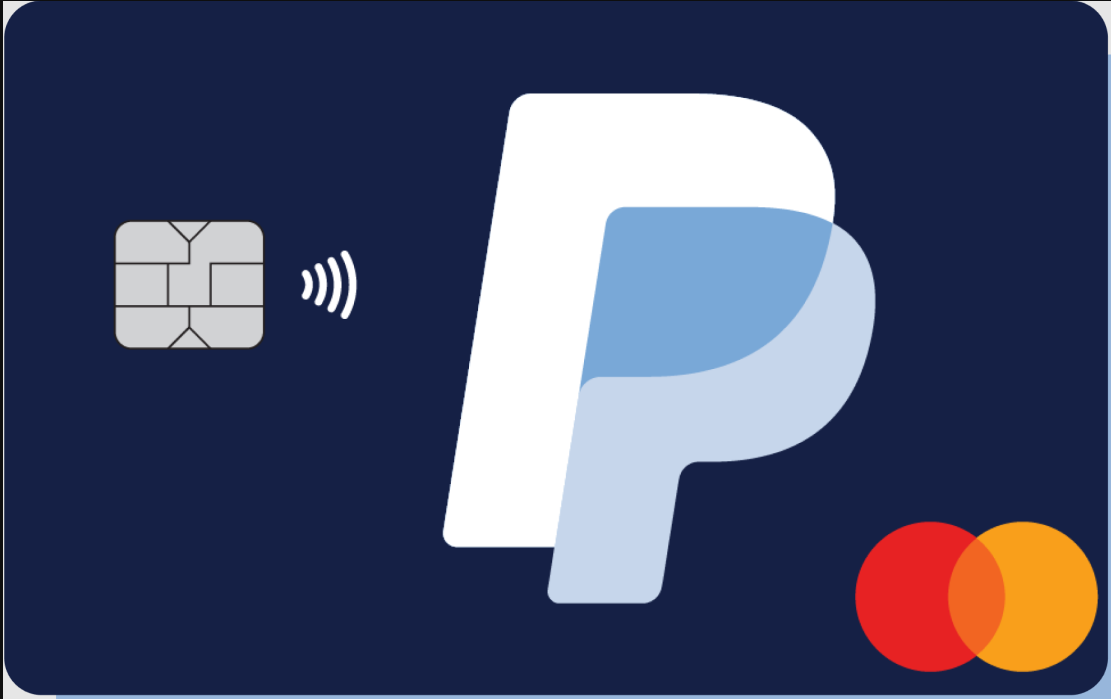
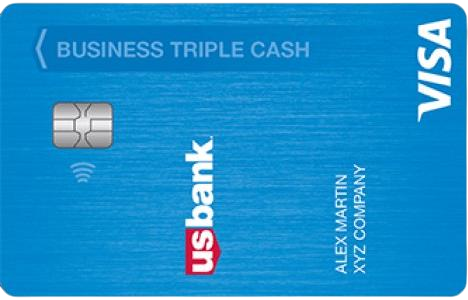


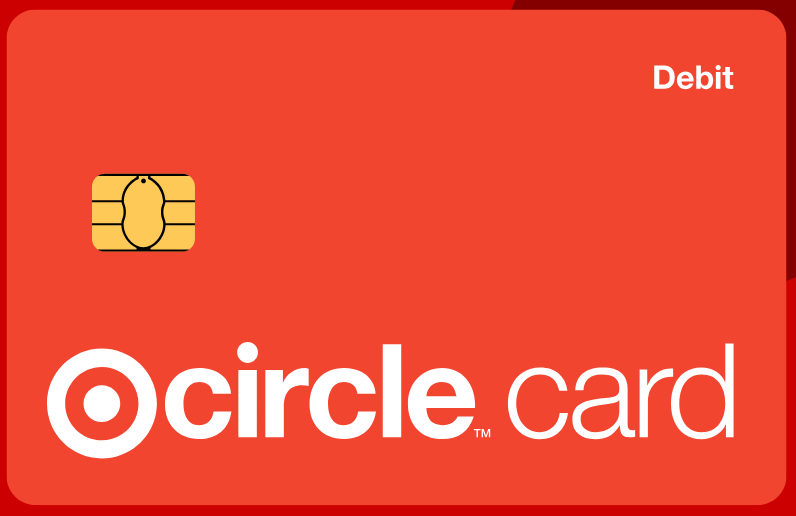

- Mark as New
- Bookmark
- Subscribe
- Mute
- Subscribe to RSS Feed
- Permalink
- Report Inappropriate Content
Re: What kind of score movement would I expect? Util to 10% from 74%
@C_DUBYA wrote:Hello all
I used the myFico tool but it never really lines up to reality. So I am curious if others can answer from real world experience.
My utilization was 74% in January across my 24 cards. I have this all paid down as of today to 11% across all cards. I have 24 CC, and all are at 0 except 5 cards that have balances. Where as in January only 3 were at 0 and most others were in 80% or higher util.
Knowing that, what kind of score increases should I expect realistically? Small bump? Large bump?
Thanks for any insight.
There are some important factors you failed to mention that will affect score change (the most influencial being a clean or dirty scorecard):
1) Your January score - scorecard and baseline score impact shift
2) What Fico model you are referring to. Fico 8 does not care much about # cards reporting but, Fico mortgage models do.
3) What CRA you are interested in. Experian does not penalize much for high # cards reporting regardless of Fico model. Equifax punishes the most, particularly on Fico 04 (score 5)
4) You mentioned your highest individual card utilizations being in the 80s and even higher. However, you failed to mention highest utilization on a card after paydown. Fico looks at highest individual card utilization as a scoring factor.
5) Do you have derogs? Dirty scorecards react much less strongly to changes in # of cards reporting and utilization than clean scorecards.
6) Your scores pre-paydown.
For a clean scorecard assuming highest individual card UT is under 50% but above 30%.
1. Reducing AG UT from 74% to 11% should be good for 40 to 50 points on all 3 CRAs
2. Reducing highest card from above 90% (max out territory) to under 50% may be worth 15 to 20 points.
- Take off 5 points if highest card was above 80% UT but below 90% max out threshold.
3. Going from 90% cards reporting to under 25% reporting might be worth 10 points on EQ/TU and 5 points on EX
* Total estimated Fico 8 score improvement (clean scorecard) = 65 to 80 points on EQ and 60 to 75 points on EX.
- Note: if your highest individual card is below 30% UT, add an additional 10 points, On the other hand, if highest card remains above 70% UT, deduct 10 points off the estimate.
Estimate of score improvements on a dirty scorecard provided in below post. Note shift in signal strength for scoring factors between clean and dirty scorecards.
Fico 8: .......EQ 850 TU 850 EX 850
Fico 4 .....:. EQ 809 TU 823 EX 830 EX Fico 98: 842
Fico 8 BC:. EQ 892 TU 900 EX 900
Fico 8 AU:. EQ 887 TU 897 EX 899
Fico 4 BC:. EQ 826 TU 858, EX Fico 98 BC: 870
Fico 4 AU:. EQ 831 TU 872, EX Fico 98 AU: 861
VS 3.0:...... EQ 835 TU 835 EX 835
CBIS: ........EQ LN Auto 940 EQ LN Home 870 TU Auto 902 TU Home 950
- Mark as New
- Bookmark
- Subscribe
- Mute
- Subscribe to RSS Feed
- Permalink
- Report Inappropriate Content
Re: What kind of score movement would I expect? Util to 10% from 74%
Sim said 15 to 20 points depending. I just felt like that was low due to how heavy its measured. But we shall see!
Current
FICO8 May 2025: EQ: 684 - EX- 675 - TU: 668
Current challenge: High Utilization 65% - Paydown in progress
- Mark as New
- Bookmark
- Subscribe
- Mute
- Subscribe to RSS Feed
- Permalink
- Report Inappropriate Content
Re: What kind of score movement would I expect? Util to 10% from 74%
Wow thanks for the long in depth reply. Much appreciated.
Yes I have some baddies. Biggest is a BK7 from 2016. Since then mostly clean except for a CO in 2020 on a loan. (Since paid in full and reporting as such). Otherwise all good.
The remaining 5 cards are 2 at 10% or less, and 3 are 75% or so. (These will be paid off by July as well)
Currently I am not doing anything with credit other than refi a motorcycle and purchase a car in July. I am awiting to make those moves when my scores are their best for obvious reasons. I am just impatient and trying to get an idea on what I can expect. So score wise I was looking at FICO8, AutoFico8, and credit 8.
Thanks again
Current
FICO8 May 2025: EQ: 684 - EX- 675 - TU: 668
Current challenge: High Utilization 65% - Paydown in progress
- Mark as New
- Bookmark
- Subscribe
- Mute
- Subscribe to RSS Feed
- Permalink
- Report Inappropriate Content
Re: What kind of score movement would I expect? Util to 10% from 74%
Sorry, I previously failed to look at the scores in your signature footer.- It suggested some derogs are still present but, aged with reduced impact. Derog aging would account for your score boosts to date.
Dirty scorecards put more weight on factors such as months since last derog and less weight on reducing utilization (see chart). The score improvements will be much less than the above clean scorecard estimate as a result - perhaps 60% less unfortunately.
The primary benefits will come from reducing accounts with balances (10 points), dropping all cards out of max out territory with highest card still above 70% (5 to10 points) and overall debt reduction in $$ (10 points). Total benefit 25 to 30 points for dirty scorecard profile.
[Geting those remaining 70% cards under 30% by July will help a bit. FYI - let one of your revolving credit cards report a balance to avoid the "no recent revolving credit activity" penalty. Just let a charge report on your statement and pay by the due date.]
You say:
"Currently I am not doing anything with credit other than refi a motorcycle and purchase a car in July. I am awiting to make those moves when my scores are their best for obvious reasons. I am just impatient and trying to get an idea on what I can expect. So score wise I was looking at FICO8, AutoFico8, and credit 8".
Be aware that seeking new credit, such as # inquiries in last 12 months, is given more weight on dirty scorecards. So expect an associated score drop. Might want to do the refi and purchase in the same timeframe to minimize an inquiry impact from one affecting the other.
Given delinquencies, the biggest future score improvements will come from the removal of the last major one (charge off). When that happens (if some 30 or 60 day aged lates remain), an instant 50 to boost is possible. Then another boost of 25 to 30 points when the last minor late falls off.
BTW: Congratulations on the debt reduction - it is quite an accomplishment.
Fico 8: .......EQ 850 TU 850 EX 850
Fico 4 .....:. EQ 809 TU 823 EX 830 EX Fico 98: 842
Fico 8 BC:. EQ 892 TU 900 EX 900
Fico 8 AU:. EQ 887 TU 897 EX 899
Fico 4 BC:. EQ 826 TU 858, EX Fico 98 BC: 870
Fico 4 AU:. EQ 831 TU 872, EX Fico 98 AU: 861
VS 3.0:...... EQ 835 TU 835 EX 835
CBIS: ........EQ LN Auto 940 EQ LN Home 870 TU Auto 902 TU Home 950
- Mark as New
- Bookmark
- Subscribe
- Mute
- Subscribe to RSS Feed
- Permalink
- Report Inappropriate Content
Re: What kind of score movement would I expect? Util to 10% from 74%
Thanks sir much appreciated! I would be happy with that.
Current
FICO8 May 2025: EQ: 684 - EX- 675 - TU: 668
Current challenge: High Utilization 65% - Paydown in progress
- Mark as New
- Bookmark
- Subscribe
- Mute
- Subscribe to RSS Feed
- Permalink
- Report Inappropriate Content
Re: What kind of score movement would I expect? Util to 10% from 74%
@Thomas_Thumb wrote:
@C_DUBYA wrote:Hello all
I used the myFico tool but it never really lines up to reality. So I am curious if others can answer from real world experience.
My utilization was 74% in January across my 24 cards. I have this all paid down as of today to 11% across all cards. I have 24 CC, and all are at 0 except 5 cards that have balances. Where as in January only 3 were at 0 and most others were in 80% or higher util.
Knowing that, what kind of score increases should I expect realistically? Small bump? Large bump?
Thanks for any insight.
There are some important factors you failed to mention that will affect score change (the most influencial being a clean or dirty scorecard):
1) Your January score - scorecard and baseline score impact shift
2) What Fico model you are referring to. Fico 8 does not care much about # cards reporting but, Fico mortgage models do.
3) What CRA you are interested in. Experian does not penalize much for high # cards reporting regardless of Fico model. Equifax punishes the most, particularly on Fico 04 (score 5)
4) You mentioned your highest individual card utilizations being in the 80s and even higher. However, you failed to mention highest utilization on a card after paydown. Fico looks at highest individual card utilization as a scoring factor.
5) Do you have derogs? Dirty scorecards react much less strongly to changes in # of cards reporting and utilization than clean scorecards.
6) Your scores pre-paydown.
For a clean scorecard assuming highest individual card UT is under 50% but above 30%.
1. Reducing AG UT from 74% to 11% should be good for 40 to 50 points on all 3 CRAs
2. Reducing highest card from above 90% (max out territory) to under 50% may be worth 15 to 20 points.
- Take off 5 points if highest card was above 80% UT but below 90% max out threshold.
3. Going from 90% cards reporting to under 25% reporting might be worth 10 points on EQ/TU and 5 points on EX
* Total estimated Fico 8 score improvement (clean scorecard) = 65 to 80 points on EQ and 60 to 75 points on EX.
- Note: if your highest individual card is below 30% UT, add an additional 10 points, On the other hand, if highest card remains above 70% UT, deduct 10 points off the estimate.
Estimate of score improvements on a dirty scorecard provided in below post. Note shift in signal strength for scoring factors between clean and dirty scorecards.
Bravo!
Appreciate the break down.😹😺

 (+102) |
(+102) |  (+106) |
(+106) |  (+151)
(+151)| TU Fico 9: ? | Exp Fico 9: ? | EQ Fico 9: ?| EQ Fico 8 Bankcard: TBA
Initial Goal: Min. 740 w/all CRAs - Met
Interim Goal: 780 w/all CRAs - Met
Current Goal(s): Min. 800 w/all CRAs
Gardening Until: ??/??/202?| Last App: 10/20/2023
- Mark as New
- Bookmark
- Subscribe
- Mute
- Subscribe to RSS Feed
- Permalink
- Report Inappropriate Content
Re: What kind of score movement would I expect? Util to 10% from 74%
Just an update. Most of the changes have hit and here is what resulted. I am showing around 30% UTIL now but I will be around 18% once everything catches up. So I anticipate a little more, but not much. The rest is just now waiting to age.
FICO8:
EQ: 682 to 699 (+17)
TU: 654 to 671 (+17)
EX: 663 to 678 (+15)
FICO10:
EQ: 626 to 678 (+48)
TU: 519 to 614 (+95)
EX: 538 to 629 (+91)
FICO Mortgage 542:
EQ: 628 to 657 (+29)
TU: 581 to 640 (+59)
EX: 610 to 649 (+39)
AUTO 8:
EQ: 665 to 711 (+46)
TU: 617 to 663 (+46)
EX: 647 to 677 (+30)
AUTO 9:
EQ: 650 to 704 (+54)
TU: 572 to 651(+77)
EX: 588 to 660 (+72)
Current
FICO8 May 2025: EQ: 684 - EX- 675 - TU: 668
Current challenge: High Utilization 65% - Paydown in progress
